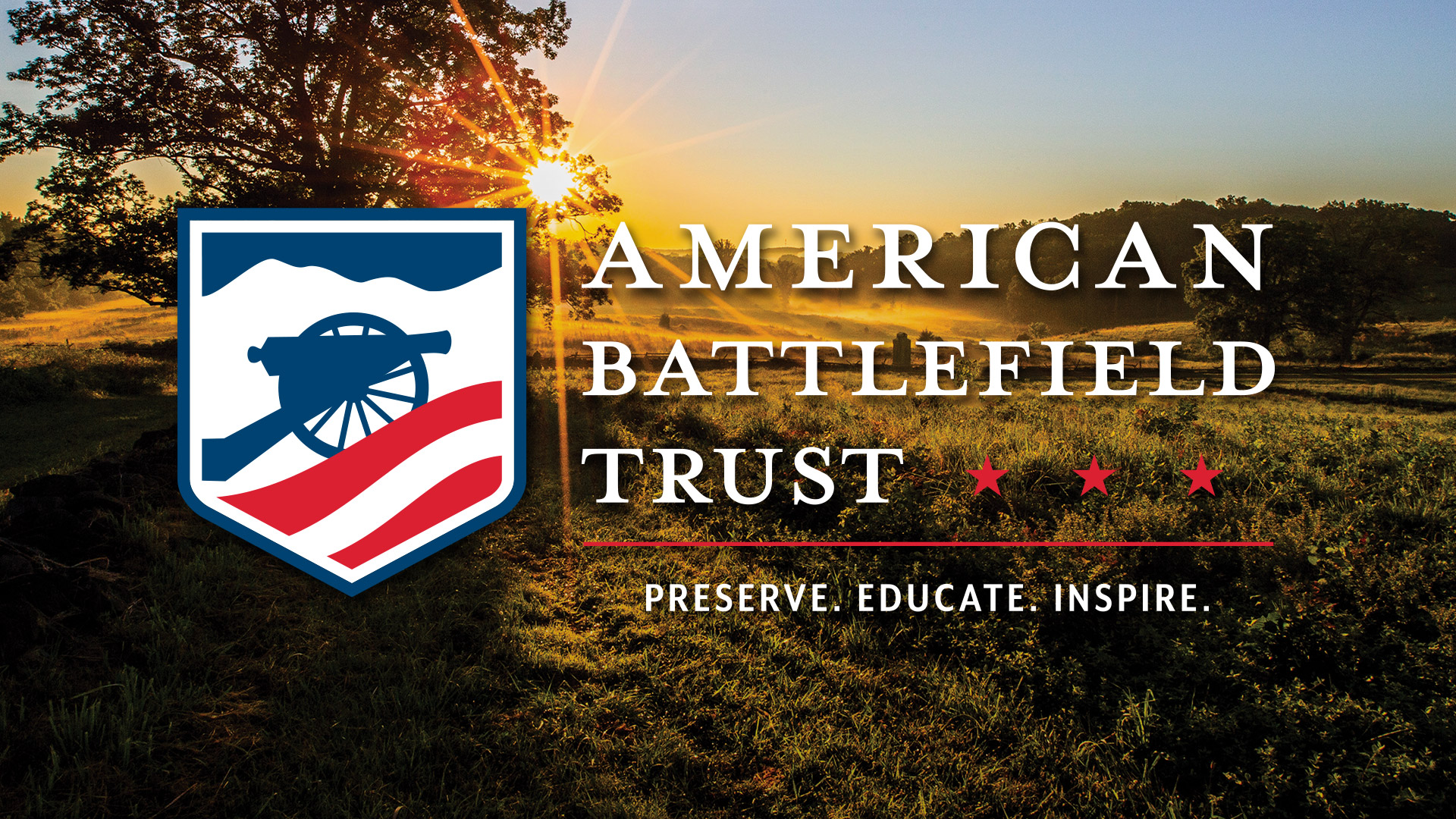WASHINGTON - Plans for a casino just outside Gettysburg were shot down last year, but the site of the Civil War's bloodiest battle is threatened by spreading home construction, a preservation group says.
While Gettysburg's new nemesis is housing, a site in Alabama's Mobile Bay is suffering from neglect and a lack of state funding, and vast tracts of land stretching from Virginia to Pennsylvania are at risk from a planned major power line, the Civil War Preservation Trust said in its annual inventory of endangered battlefields.
"Tens of thousands of valiant young Americans still lie entombed in those fields," former U.S. Rep. Charlie Wilson (news, bio, voting record), D-Texas, who backed federal spending on Civil War land preservation, told reporters Tuesday. "It is truly hallowed ground."
In addition to sites in Pennsylvania, Alabama and Virginia, the report names Civil War locations in jeopardy in Georgia, Louisiana, Maryland, Mississippi, Tennessee and West Virginia.
Suburban sprawl was cited as the most common problem.
Around Marietta, Ga., outside Atlanta, where Maj. Gen. William T. Sherman's Union army drove Confederate soldiers out of several strategic positions in 1864, the group cited large networks of trenches and other fortifications that remain unprotected. Some of the sites already have been damaged, and they are likely to succumb soon to Atlanta's development pressures, the group said.
The trust refreshes the list every year based on military significance, the urgency of threats and location. It boasts of saving more than 23,000 acres in 18 states by raising money and leveraging government funding to buy land or preservation easements.
Property outside Harpers Ferry in West Virginia was added this year after a developer dug 45-foot-wide trenches for water and sewer lines and unveiled plans to develop several thousand homes on land that saw fierce Civil War battles.
Harpers Ferry — best known for John Brown's failed effort to arm and free local slaves — changed hands eight times during the Civil War and was the site of an 1862 battle in which Confederate Maj. Gen. Thomas "Stonewall" Jackson won the surrender of 12,500 Union troops.
A mining company wants to rezone some 640 acres of "core battlefield" to dig more quarries at Cedar Creek, Va., while Fort Morgan in Alabama needs an infusion of state cash to reverse its decline, the group said.
In December, Pennsylvania gambling regulators rejected a bid for a casino about a mile from the Gettysburg National Military Park after the trust and other preservation groups protested. But the trust cited a pending threat: Plans for thousands of new homes.
The trust is the largest nonprofit battlefield preservation group in the country, boasting some 70,000 members.




Comment